What's In Your Wallet
NFT in Art, what is it really?
Published
2 years agoon
NFTs are digital things that represent something else, such as a piece of art, a film, or even a tweet. They confirm the item’s existence and ownership by storing data on a blockchain (a distributed ledger technology).
Since the introduction of NFTs in 2016, numerous artists have experimented with using this new digital device to advertise their works. NFTs are most commonly purchased and exchanged through auction platforms, where payments are paid in bitcoin (such as ether currency). An NFT is distinguished from a typical digital work by the concept of a certificate registered on a blockchain.
The public and media debate over NFTs is polarized: in the views of its most ardent supporters, NFTs symbolize the future of art, while their adversaries see them as a massive swindle and waste of energy.
How can the NFT phenomenon be defined? To what extent does it defy established contemporary art codes?
Crypto enthusiasts and skeptics
On the one hand, there is the crypto-evangelist side, which adheres to a narrative that portrays NFTs as a dramatic revolution that will transform everything.
This is precisely the debate surrounding the dramatic 2021 sale of a work by the artist Beeple (a collage of vignettes made by digital software) at Christie’s for approximately US$70 million. The purchase was “emblematic of a revolution in progress,” according to the two primary buyers, and represented “the beginning of a movement carried out by an entire generation.”
On the other hand, there are many who are skeptical of cryptography. Hito Steyerl, a well-known media artist, holds this position. She considers NFTs to be the “equivalent of toxic masculinity,” and attributes their rise to “the worst and most monopolistic characters” who “extract labor from insecure employees” and “take up way too much attention and soak up all the oxygen in the room.”
Because of this polarization, the true potential of NFTs, as well as their shortcomings, which are also very real, are sometimes eclipsed by caricatured views of principle. However, inside this ecosystem of NFTs, there is a diverse range of artistic practices.
Emerging artistic scenes
The NFT format clearly reflects a new type of traded object. It is based on a new sort of contract (known as “smart”), which is the outcome of blockchain technology advancement. In this way, the NFT format has given birth to a new creative scene. Or, more precisely, situations defined by a high effervescence — but also by some inconsistencies.
The “native” scenes of the NFT format, that is, those born with the invention of this format, are distinguished by a high level of media visibility, a large volume of far-reaching financial investment, and, for some of its participants, a desire to reshuffle the cards of the art world by criticizing its established order.
A high proportion of NFT producers come from the creative industries sector, such as 3D modeling, graphic design, animation, or video game design. This sector has developed a very big pool of abilities in recent decades, whose creative surplus finds a way of expression in the NFT format, but is also a source of supplementary money to cope with the sometimes insecure conditions of creative employment.
Many figures in the native NFT scenes are outsiders (neophytes) in comparison to the established art world, to use sociologist Howard S. Becker’s phrase. That is, they interact in circles other than those of the institutional art world, and they frequently break its rules.
A more equitable art world?
In this regard, the speech of the primary customers of Beeple’s fantastic work is extremely illuminating. In an interview, MetaKovan and Twobadour (two crypto investors of Indian heritage) reveal:
“We were raised to believe that art was not for us from an early age.
We have always been opposed to the concept of exclusivity. The metaverse is all-encompassing. A valid metaverse will be one in which everyone has the same rights and powers. It is especially egalitarian.”
However, there are significant discrepancies between the egalitarian discourse they advocate here and its application in the projects of these two investors. For example, entrance to the technical art event Dreamverse, which they planned in New York in 2021, was between US$175 and $2,500 – an unreasonable expense for many amateurs. This price hierarchy, on the other hand, reproduces an exclusivity logic that benefits the most wealthy.
Museums are wary.
The disparity between NFT market value and museum value is remarkable. The former is at an all-time high, while the latter is still at rock bottom. Indeed, the collection of NFT by museums remains a relatively marginal practice to this day. Only a few NFTs are included in museum collections. Some are obtained as a result of a museum show, where they are displayed on digital screens mounted on the wall.
The disintermediation (removal of intermediaries) and reintermediation (introduction of new intermediaries) that characterize the world of NFTs have an impact on cultural legitimacy. The stated revolution of NFTs, in its disruptive impulse, cuts itself apart from a chain of well-established, legitimate intermediaries – gallery owners, curators, art critics, traditional collectors, and public subsidies.
It has replaced them with new intermediaries, primarily “whales” — cryptocurrency investors who have amassed a fortune — or popular culture celebrities. These new intermediaries overinvest in financial capital in the creation of NFTs in order to obtain status as a collector or to enrich themselves by boosting the value of works. However, they frequently lack the social and cultural capital to gain access to museums, exhibition spaces, and collections.
In search of credibility
However, because all NFTs are openly searchable on their customers’ e-wallets, these works are available to the public. Some collectors buy paintings only for the sake of speculation. Others obtain exposure by presenting their NFTs in a metaverse (virtual environment) like Decentraland or Space.
Others go even further in their desire for legitimacy: in the spring of 2022, a collection of artists, curators, collectors, and NFT platforms planned a Decentral Art Pavilion in conjunction with the Venice Biennale. The exhibition, which remained outside the official program, attempted to place NFTs in the orbit of this important contemporary art event.
However, the presence of NFTs was minimal in this edition of the biennial. Only the Cameroon pavilion featured NFTs, which were overseen by a curator with a questionable track record.
The consecrated art world may recognize NFTs through other avenues, such as the more experimental practices presented at this year’s Documenta art exhibition in Kassel, Germany, or through artistic movements from developing countries, such as the Balot project, which used an NFT to criticize the appropriation of a work originating in the Republic of the Congo by an American museum.
As a result, recognition may come from the margins. In some circumstances, though, the marginal actors may have easier access to the established art world since they share its codes.
For More NFT News, Click Here.
You may like
-
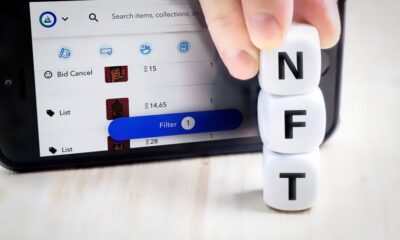

NFTs: The Future of Digital Ownership and the Risks Involved
-
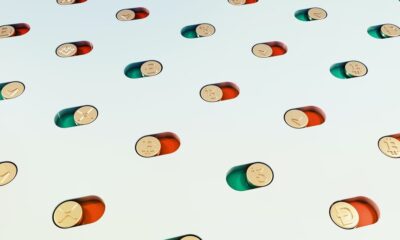

COGGI NFTs Next Release: Riding the Wave of Success
-


Uniswap NFT Future Shines Bright with Launch of Revolutionary DeFi Aggregator
-
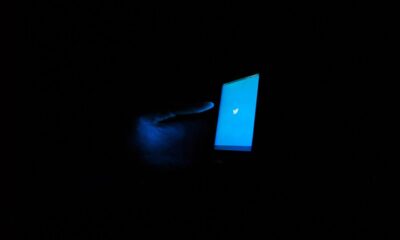

Game of Thrones NFTs Draw Mixed Reactions on Crypto Twitter
-
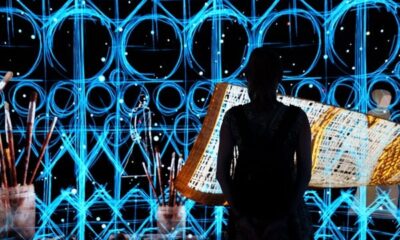

Become an NFT Pro: Essential Lingo for Every NFT Collector
What's In Your Wallet
COGGI NFTs Next Release: Riding the Wave of Success
Published
2 years agoon
January 13, 2023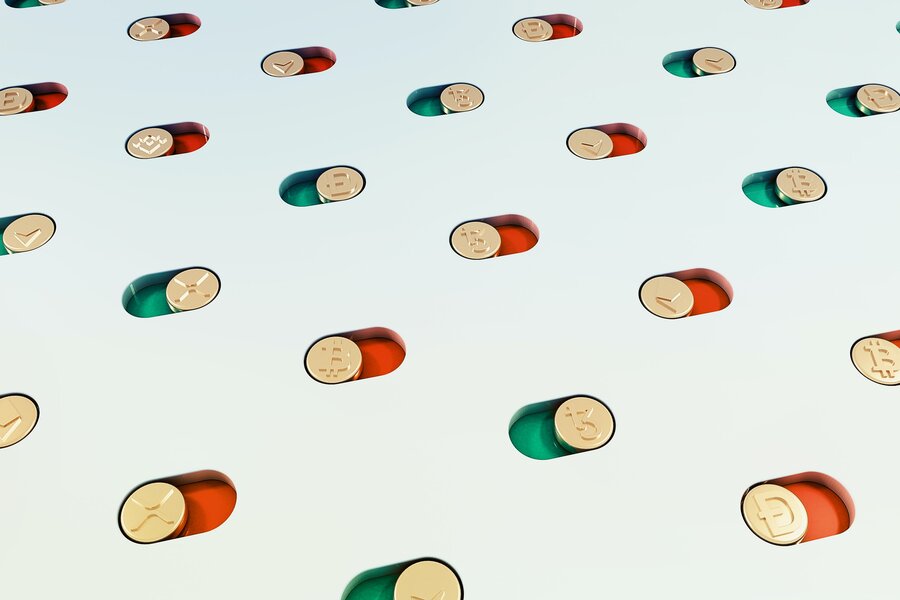
The initial iteration of the COGGI Coin was such a resounding success that it immediately spurred the design and production of the second iteration of the coin.
Currently Working on Putting Together a Brand-New COGGI NFT Collection
Fahura Digital Arts have stated that it is working on generating a second round of COGGI NFT Coins in response to the remarkable success of the original release of the coins. This comes after the initial release of COGGI NFT Coins.
On January 6, after Fahura Digital Arts had some early success with the sale of the first 10 Magical Non-fungible Tokens (NFT) via Miidas NFT, the company announced that it is now working on the next generation of COGGI Coins.
On January 7, the creator of the new collection started making statements about it, while simultaneously pushing the Latin phrase “per liberiore mundi,” which means “For a freer world.”
Fahura Digital Arts, the creator of the Presale “Coggi Revolution” Collection, is the entity responsible for the distribution of the NFTs that are a part of the collection.
In addition, Rice Protocol, which is working in conjunction with CoreDAO to power the NFTs, is providing the necessary computing power. COGGI Coin non-fungible tokens (NFTs) are issued by Fahura Digital Arts in the form of ERC-721 tokens for use on the CoreDAO testnet.
Concurrently with the launch of the CORE mainnet, progress has been made on the creation of the Miidas NFT platform. According to the most recent information from the CoreDAO team, the launch of the mainnet should take place in the very near future.
Because of this, in the not-too-distant future, COOGI NFTs will be able to be mined and traded on open marketplaces.
The fact that the bare minimum required to buy a COGGI Coin has been raised to 176 CORE is evidence that demand for both COGGI and CORE is only growing.
The initial collection had a large number of different designs that were shown on a variety of coins. Many of these patterns were associated with precious stones and jewelry in some way.
Fahura Digital Arts are now conducting a feedback collection effort in order to increase user participation and ensure a smooth rollout of the Core Mainnet. As this article is being written, the vote to decide whether or not the Coggi community will make a promise on the number of times it will meet together is still open.
Additionally, Fahura Digital Arts are the company responsible for developing a variety of non-fungible tokens (NFTs) with a llama theme that is compatible with COOGI Coins. You can find the COGGI Llamas on Polygon, and they host a cast of characters that are boisterous and amusing at the same time.
These llamas in the wild command a very high price as well.
The Satoshi Plus ecosystem is being constructed by the official decentralized organization known as the Core DAO. It gives miners the opportunity to gain access to other revenue streams, which they may accomplish by contributing their hashing power to the chain. As a result, miners can potentially increase their earnings.
Core exhibits a strong respect for the history of the cryptocurrency ecosystem, and this joy is matched only by Core’s excitement for its role in the future of the ecosystem. This fervor is fueled by the ideas that lie at the foundation of both blockchains.
For More NFT News, Click Here.
What's In Your Wallet
Uniswap NFT Future Shines Bright with Launch of Revolutionary DeFi Aggregator
Published
2 years agoon
January 12, 2023
Uniswap, formerly known as UNI, has at long last joined the NFT bandwagon.
As part of the DEX’s most recent effort to seize a section of the market for non-fungible tokens (NFTs), the DEX has announced the release of a new NFT aggregator. This move was made as part of the DEX’s most recent push.
On January 10, Uniswap sent out a tweet in which it announced that the aggregate will consolidate NFT listings from different marketplaces into a single interface, allowing users to view all of the advertising simultaneously.
There were a few different platforms utilized, some of which included LarvaLabs, LooksRare, and OpenSea.
The Uniswap NFT aggregator was developed with the goal of making it easier for NFT traders to compare the prices of different products but what’s even more crucial is the fact that it offers a degree of efficiency that can be deployed as a weapon against the fragmented nature of the market. This is an extremely important feature.
Customers do not need to move from one platform to another in order to discover the best offers or prices since this allows for a unified shopping experience.
Increasing the number of non-fund transfer transactions that are carried out on Uniswap
It was too early to say anything till the time the paper was printed, but it is feasible that Uniswap’s NFT trading volumes may grow as a result of this remark. On the other side, the increase will be dependent on whether or not the efficiency of this new product will be successful in attracting extra users.
An analysis of the company’s past performance revealed that the trading volumes of Uniswap’s non-financial instruments had seen a considerable drop from the highs they attained around six months ago. This was discovered when the company’s history was analyzed. It was a reflection of the general drop that has been witnessed in the market for NFTs over the course of the previous year.
Nevertheless, despite the fall, a considerable amount of commercial activity was still carried out in the market. This was the case despite the fact that the price had dropped. As a result, the brand-new NFT aggregator has the possibility of causing an increase in the number of NFT trades over the course of the following few months.
Will UNI be able to carry on with their rally despite the weather?
Following a significant spike that began around the end of December 2022, Uniswap’s native token, UNI, has been seeing considerable selling pressure as of late. This increase began towards the end of December 2022.
At the time that this article was being written, it was being traded for $5.69, having experienced a little drop in value over the course of the preceding three days.
UNI could still have some room for upward movement, especially taking into account the fact that it had not been overbought at the time that this article was being produced and hence could still have some room for growth.
However, its MFI was already in the overbought zone when we looked at it, which increased the possibility of a probable decrease in value.
New evidence in support of this notion was offered by recent studies on the volume of trades.
At the time that this article was being written, the most current exchange volume figures provided by UNI indicated that there has been a decline in the amount of trading activity that has taken place after a price increase that occurred at the beginning of the week came to an end.
The ratio of money entering the market to money leaving it suggested that purchasers made up the majority of participants in the market.
The fact that UNI’s foreign exchange inflows were greater than its foreign exchange outflows at the time that this article was published is an indication that there was less buy pressure than there was demand.
As a direct result of this, there would almost certainly be an increase in the amount of selling pressure if this trend continued; nevertheless, the bulls may make a comeback if the market climate is conducive to it.
For More NFT News, Click Here.
What's In Your Wallet
Game of Thrones NFTs Draw Mixed Reactions on Crypto Twitter
Published
2 years agoon
January 11, 2023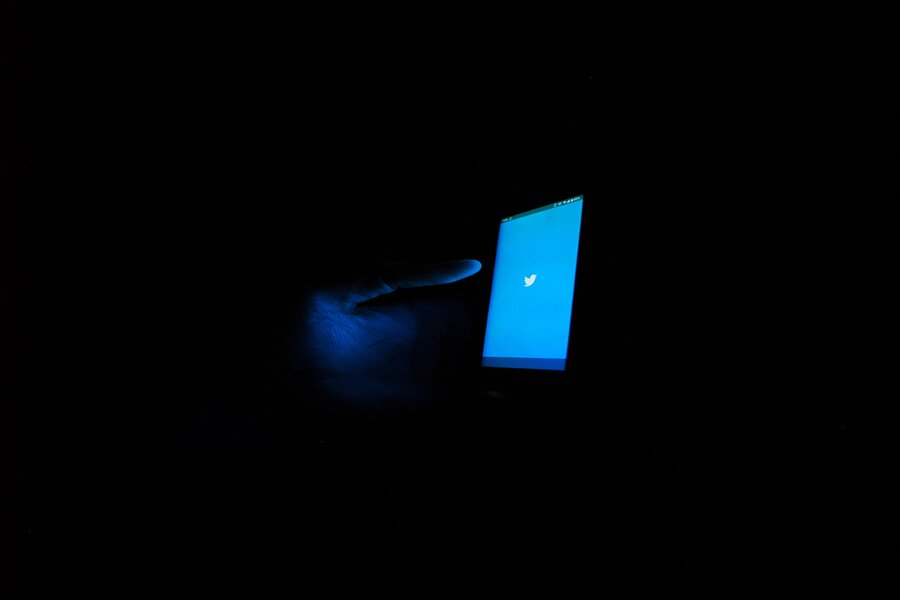
The highly anticipated debut of the Game of Thrones NFT has already achieved its maximum capacity and is completely sold out, despite the fact that there have been delays and criticisms that it lacks “creative vision.”
The official “Game of Thrones” NFT collection, which was given the name “Build Your Realm,” was completely drained of all of its available inventory after just seven hours of its release yesterday on Nifty’s NFT marketplace.
The collection was given the name “Build Your Realm.”
It was probably not difficult to foresee the high degree of demand for these collectibles due to the general attractiveness of the event (and its new spinoff series “House of the Dragon“).
On the other hand, many people are now commenting that the quality of the artwork in the collection is equivalent to the eighth season of the HBO series, which is a big letdown for those who were anticipating a significant improvement.
Nifty’s and Daz 3D, a digital production company, collaborated on the first series of the collection in order to produce non-fungible tokens. Daz 3D was responsible for the creation and construction of the tokens.
November was the month that saw the first public disclosure of the project (NFTs). Each non-fungible token (NFT) that is mined on the Palm blockchain, which is an Ethereum-compatible sidechain developed solely for NFTs, contains several elements from the universe of “Game of Thrones.” Palm is a blockchain designed exclusively for NFTs. This enables collectors to create their very own one-of-a-kind places and avatars by employing NFTs in the construction process.
The NFTs were made available for distribution through a presale of 3,450 Hero Boxes, which was then followed by a general sale of 1,500 Hero Boxes four hours later. In all, 6,050 Hero Boxes were purchased through both of these sales. Each Hero Box may be purchased for a total cost of $150 (or about 0.11 ETH), and in addition to three Story Cards and nine Resource Cards, it includes one Hero Avatar.
The launch of the NFT has been met with criticism for two distinct reasons: difficulties with the mint, and derision directed at the embarrassingly terrible avatar designs. Both of these issues have contributed to the controversy that has surrounded the launch.
Reproducing mistakes and satirizing existing works of art
As a result of the congestion, Nifty’s released an announcement indicating that it had “paused the line temporarily,” assuring consumers that they will either receive a refund for their purchase or see it emerge in the near future.
According to the account of one user on Twitter, after waiting for one hour, they found out that they still had to wait another two and a half hours before they could mint. Another individual stated that by the time that they had gotten their NFTs, the floor price had already gone down.
The lowest price at which an NFT that is a part of a collection may be obtained immediately is referred to as the floor price of the collection.
It is not particularly typical for issues to develop with minting and delivery when a project is first introduced; despite this, the most prevalent criticism is over the avatars’ outward look, namely the hands, which are portrayed as being unrealistic.
“This Game of Thrones NFT collection is just like the last season of the program,” Justin Taylor is quoted as saying in one of his articles. “There is absolutely no creative vision, and the situation is terrible.”
Loopify, a nickname used by the co-founder of the Web3 gaming project Treeverse, referred to the collection as “the ugliest thing I’ve ever seen.” He said this in reference to the collection. In addition to that, he included an illustration of an avatar with very bizarre hands.
Despite the criticism that has been thrown towards the roasting, some people have pointed out that there is still a chance that it will be beneficial for collectors.
For More NFT News, Click Here.



You must be logged in to post a comment Login